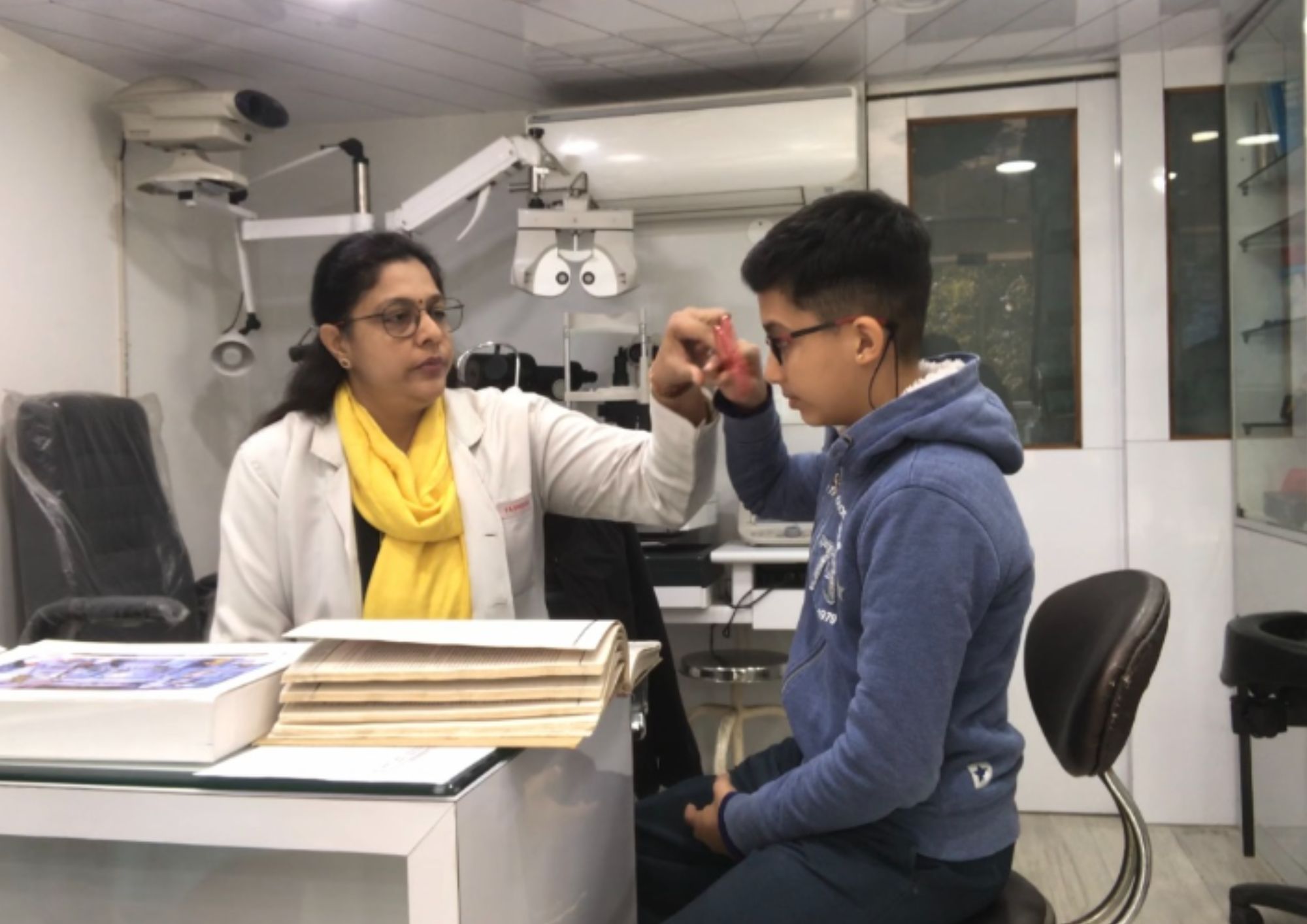The Function of Advanced Diagnostic Equipment in Identifying Eye Disorders
In the world of ophthalmology, the use of advanced analysis tools has actually reinvented the early identification and monitoring of various eye problems. As the demand for accurate and prompt medical diagnoses continues to grow, the assimilation of advanced devices like optical comprehensibility tomography and visual field testing has come to be important in the realm of eye treatment.
Value of Early Medical Diagnosis
Very early medical diagnosis plays a pivotal function in the efficient administration and therapy of eye disorders. By detecting eye problems at an early stage, health care providers can use appropriate treatment strategies tailored to the particular problem, ultimately leading to far better outcomes for people.

Technology for Spotting Glaucoma
Advanced diagnostic modern technologies play a critical duty in the very early detection and monitoring of glaucoma, a leading reason for permanent blindness worldwide. One such technology is optical comprehensibility tomography (OCT), which offers thorough cross-sectional pictures of the retina, enabling the measurement of retinal nerve fiber layer thickness. This measurement is necessary in analyzing damages triggered by glaucoma. An additional innovative device is aesthetic field testing, which maps the level of sensitivity of an individual's aesthetic field, assisting to identify any type of locations of vision loss feature of glaucoma. In addition, tonometry is made use of to gauge intraocular stress, a major danger factor for glaucoma. This examination is important as elevated intraocular pressure can result in optic nerve damage. Moreover, more recent modern technologies like using expert system formulas in assessing imaging information are revealing appealing lead to the very early discovery of glaucoma. These sophisticated analysis devices enable eye doctors to diagnose glaucoma in its beginning, permitting for prompt treatment and much better administration of the condition to protect against vision loss.
Duty of Optical Comprehensibility Tomography

OCT's capacity to measure retinal nerve fiber layer thickness enables for precise and unbiased dimensions, aiding in the very early discovery of glaucoma also before aesthetic area flaws become evident. Furthermore, OCT modern technology allows longitudinal surveillance of architectural adjustments with time, facilitating individualized therapy plans and timely treatments to help protect people' vision. The non-invasive nature of OCT imaging additionally makes it a recommended choice for keeping an eye on glaucoma development, as it can be duplicated frequently without creating pain to the person. Overall, OCT plays an important function in boosting the analysis precision and management of glaucoma, ultimately contributing review to much better end results for individuals in danger of vision loss.
Enhancing Medical Diagnosis With Visual Area Screening
A necessary element in detailed sensory useful link evaluations, visual area testing plays a crucial duty in improving the diagnostic process for numerous eye problems. By examining the full extent of a person's visual field, this test offers critical information regarding the useful integrity of the entire visual pathway, from the retina to the visual cortex.
Aesthetic area screening is specifically valuable in the diagnosis and management of problems such as glaucoma, optic nerve conditions, and various neurological conditions that can impact vision. Through quantitative dimensions of outer and main vision, clinicians can identify refined changes that might suggest the visibility or development of these disorders, also prior to recognizable signs and symptoms take place.
Furthermore, visual area testing permits the surveillance of therapy efficacy, assisting ophthalmologists customize therapeutic treatments to individual clients. eyecare near me. By tracking changes in visual area efficiency with time, doctor can make enlightened decisions concerning readjusting drugs, suggesting medical interventions, or executing other appropriate actions to protect or boost an individual's aesthetic function
Managing Macular Deterioration

Final Thought
In final thought, progressed analysis tools play a critical duty in identifying eye conditions early on. Technologies such as Optical Coherence Tomography and visual field screening have actually greatly boosted the precision and performance of detecting conditions like glaucoma and macular deterioration.